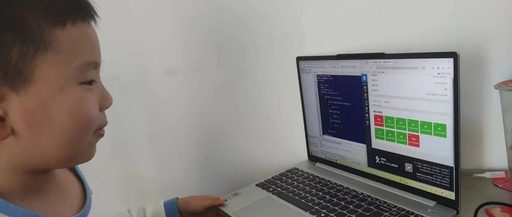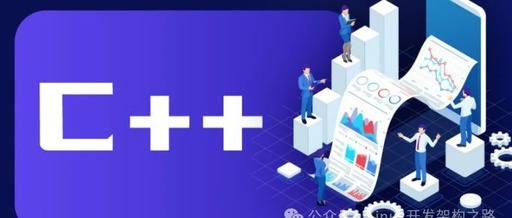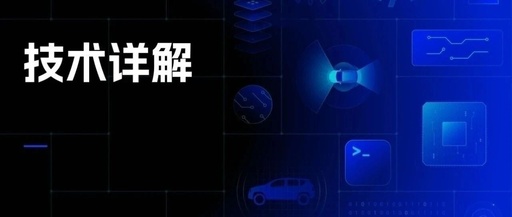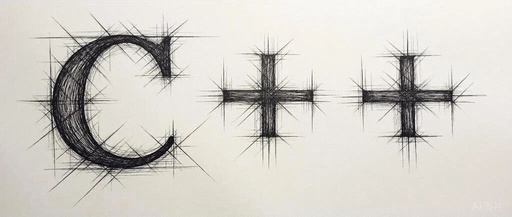The 8-Year-Old Boy Who Lost Three Times in C++ Competitions Finally Turned the Tide
(Zero) On the afternoon of March 9, 2025, it was the day of the STEMA exam. This exam is separate from the Lanqiao Cup. That day, because Zhuangzhuang’s parents were quite busy, his mother set up the tablet for him to monitor and then went to work. Later, when the exam was over, his mother … Read more






![Qt/C++ Interview Notes [Quick Reference Four] — MVC Pattern in Qt](https://boardor.com/wp-content/uploads/2025/09/8651b4ff-37b1-414e-9407-89abebfff49f.jpg)


